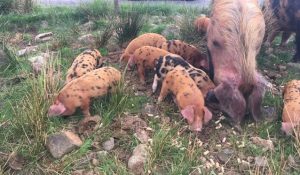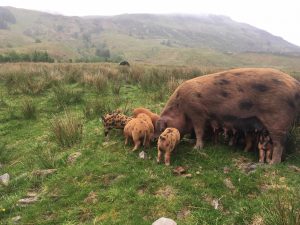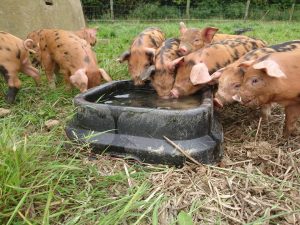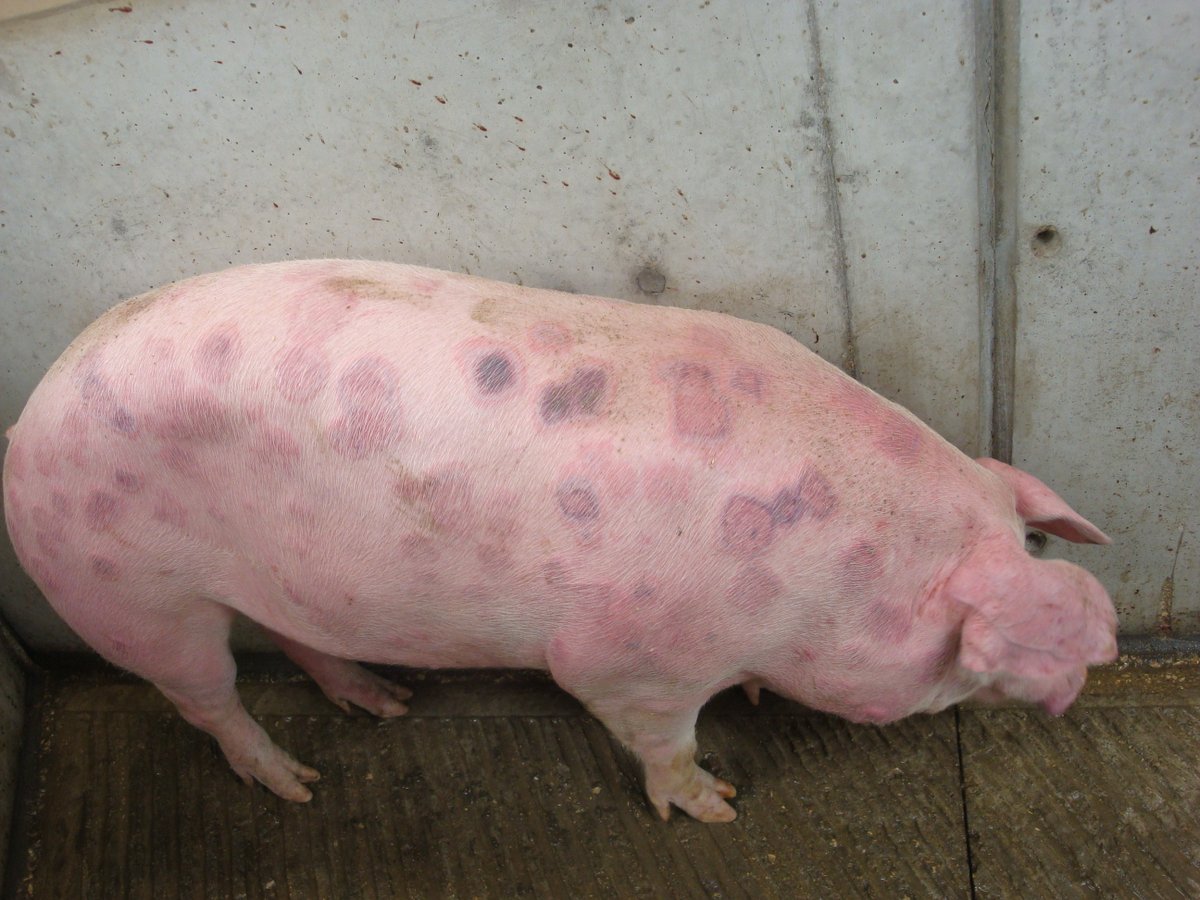
Picking and choosing your breed of pig is one of the most mind blowing exercises your brain will ever go through, well it was for me! 19 years ago I settled on the Oxford Sandy and Black Pig.
As the Charity has over 2000 members on facebook I thought it was about time we re-visited the history of our wonderful Oxford Sandy and Black Pig. I will split it up through the week so it is not too much to take in and my goodness i have already done two paragraphs. Best get a wriggle on!
The Oxford Sandy and Black Pig (#osbpig), has been recognised with the Rare Breed Survival Trust (RBST) since 2012. A breed qualifies with the RBST if it has 40 years breed history or has six generations of pedigree. DNA testing to research the purity of the breed is undertaken, bloods are sampled, checked and then confirmed that they are undiluted. Suffice to say that our breed was tested and confirmed that bloods were undiluted. Perhaps it may be time to do this again, who knows.
How it all began
In 1956 a young man by the name of Andrew J Sheppy of Cobthorn Farm, Somerset (now known as the Cobthorn Trust) took an interest in pigs, in particular the #OSBPig where his commitment and dedication to the breed is evident in what we see today.
Tomorrow we will cover how it all began.
As a footnote. All information we shared on the dialogue title “The History of the Oxford Sandy and Black Pig” was directly given to myself (Kim Brook) by Mr Sheppy. This information was also shared at a talk Mr Sheppy attended by invitation of the #OSBPG in March 2016.
Photo: from source


















